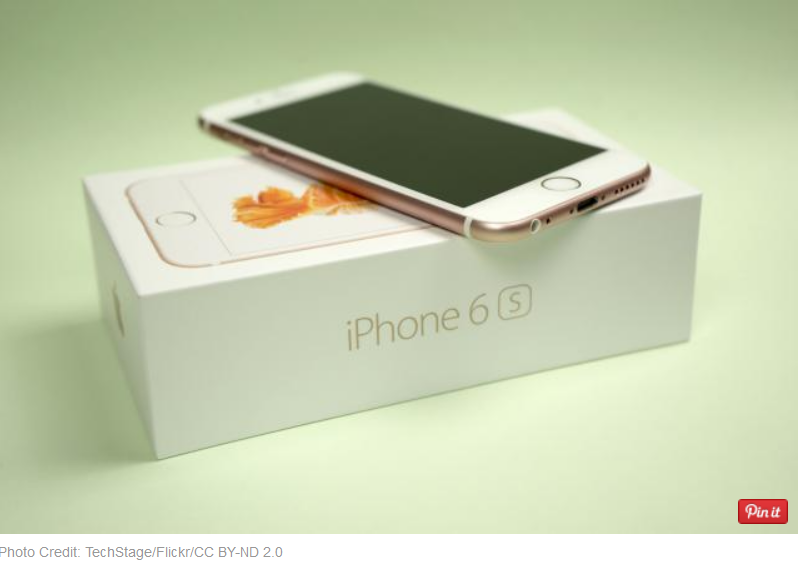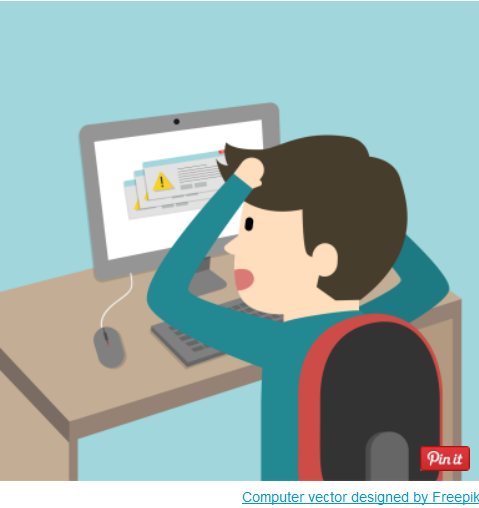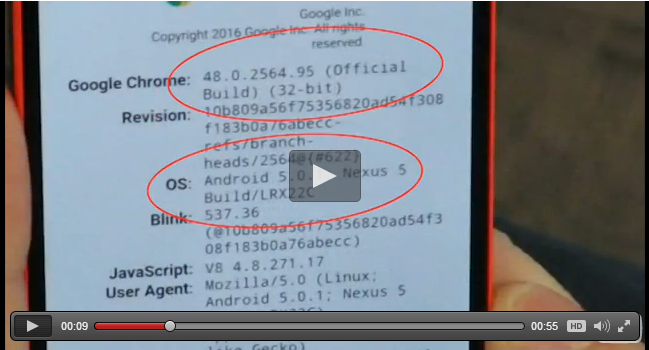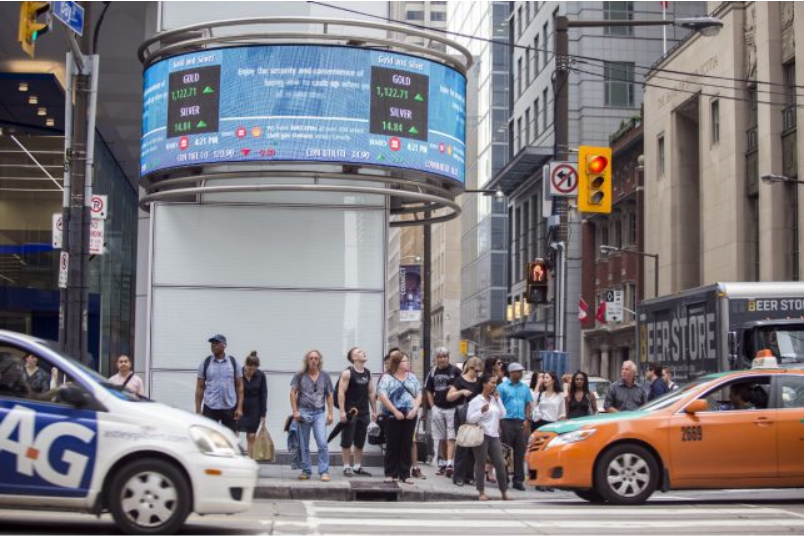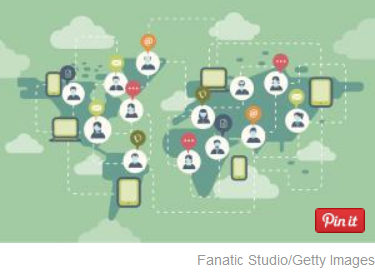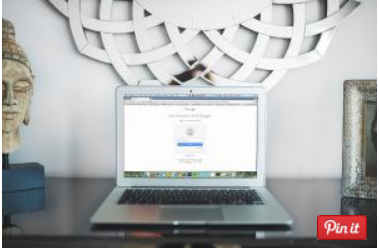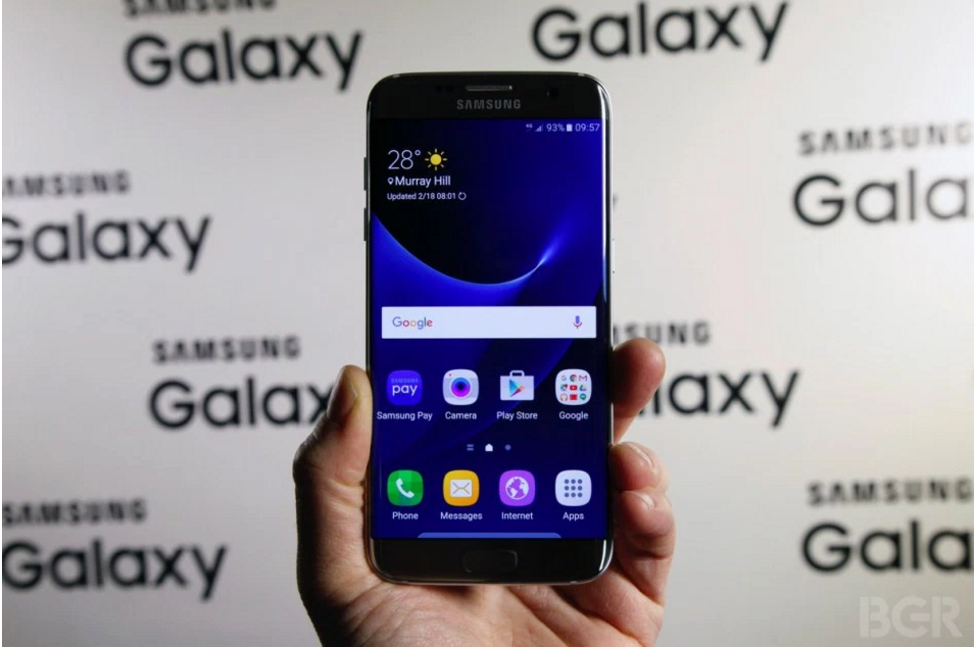Whether your new iPhone is your first or you’ve been using Apple’s smartphone since 2007, the first thing you must do with any new iPhone is to set it up. This article covers activating an iPhone 6S Plus & 6S, 6 Plus & 6, 5S, 5C, 5, or 4S running iOS 9.
RELATED: If your phone is already set up, learn how to sync content to your iPhone.
Before you get started, ensure that your version of iTunes is up to date. This isn’t always absolutely required, but it’s probably a good idea.
Turn on iPhone
Begin by turning on/waking up your iPhone by holding down the sleep/power button in the top right corner or on the right edge, depending on your model. When the screen lights up, you’ll see the image above. Swipe the slider to the right to begin iPhone activation.
Select Language & Region
Next, enter some information about the location where you’ll be using your iPhone. That involves selecting the language you want to be shown onscreen and setting your home country.
Tap the language you want to use. Then tap the country you want to use the phone in (this won’t prevent you from using it in other countries if you travel or move to them, but it determines what your home country is) and tap Next to continue.
2 of 11 Choose a Wi-Fi Network, Activate Phone & Enable Location Services
Next, you need to connect to a Wi-Fi network. This isn’t required if your phone is connected to your computer while you set it up, but if you have a Wi-Fi network in the location where you’re activating your iPhone, tap on it and then enter its password (if it has one). Your iPhone will remember the password from now on and you’ll be able to connect to that network any time you’re in range. Tap the Next button to proceed.
If you don’t have a Wi-Fi network nearby, scroll to the bottom of this screen, where you’ll see an option to use iTunes. Tap that and then plug your iPhone in to your computer with the included syncing cable. Only do on this the computer you’re going to sync your phone to going forward.
Activate Phone
Once you’ve connected to Wi-Fi, your iPhone will attempt to activate itself. This step includes a trio of tasks:
- The iPhone will display the phone number associated with it. If it’s your phone number, tap Next. If not, contact Apple at 1-800-MY-iPHONE
- Enter the billing zip code for your phone company account and the last four digits of your Social Security number and tap Next
- Agree to the Terms and Conditions that pop up.
This step is largely a response to the theft and re-activation of iPhones by thieves and is designed to reduce theft by making it harder to re-activate stolen devices.
Enable Location Services
Now, decide whether you want to turn on Location Services or not. Location Services are the iPhone’s GPS features, the features that allow you to get driving directions, find movies and restaurants nearby, and other things that depend on knowing your location.
Some people may not want to turn this on, but I recommend it. Not having it on will remove a lot of useful functionality from your iPhone. If you have concerns about it, though, check out this article on privacy settings related to Location Services.
Tap on your choice and you’ll move on to the next step.
3 of 11 Security Features (Passcode, Touch ID)
On these screens, you configure the security features you want to enable on your iPhone. They are optional, but I strongly recommend you use at least one, though I recommend using both.
NOTE: If you’re setting up your phone using a different operating system—iOS 8, for instance—this step is later in the process.
Touch ID
This option is available only to iPhone 6S Plus, 6S, 6 Plus, 6, and 5S owners: Touch ID.
Touch ID is the fingerprint scanner built into those devices’ Home button that allows you to unlock the phone, use Apple Pay, and buy at the iTunes and App Stores with just your fingerprint.
It may seem like a gimmick, but it’s surprisingly useful, secure, and efficient. If you want to use Touch ID, place your thumb on your iPhone’s Home button and follow the onscreen instructions. You can also choose Set Up Touch ID Later.
Passcode
The final security option is to add a Passcode. This is a six-digit password that has to be entered when you turn on your iPhone and prevents anyone who doesn’t know it from using your device. It’s another important security measure, and can work together with Touch ID.
On the Passcode screen, the Passcode Options link offers different settings, including using a four-digit passcode, creating a passcode of custom length, and using a password instead of a code.
Make your choices, set your passcode, and continue to the next step.
4 of 11 iPhone Set Up Options
Next, you have to choose how you want to set up your iPhone. There are four options:
- Restore from iCloud Backup—If you’ve used iCloud to backup your data, apps, and other content from other Apple devices, choose this to download the data from your iCloud account to your iPhone.
- Restore from iTunes Backup—This won’t work if you haven’t had an iPhone, iPod, or iPad before. If you have, though, you can install your apps, music, settings, and other data on your new iPhone from the backups that already exist on your PC. This isn’t required—you can always set up as new if you want—but it’s an option that makes the transition to a new device smoother.
- Set Up As New iPhone—This is your choice if you haven’t had an iPhone, iPad, or iPod before. This means you’re starting completely from scratch and aren’t restoring any backed up data onto your phone.
- Move Data from Android—If you’re switching to the iPhone from an Android device, use this option to transfer as much of your data as possible to your new phone.
Tap your choice to proceed.
5 of 11 Create or Enter Your Apple ID
Depending on your selection on the previous screen, you may be asked to log in to an existing Apple ID or create a new one. Your Apple ID is a crucial account for iPhone owners: you use it for a lot of things, from buying at iTunes to using iCloud to making FaceTime calls to setting up Genius Bar support appointments, and more.
If you have an existing Apple ID that you’ve used with a previous Apple product or to buy an iTunes, log in with it here.
If not, you’ll need to create one. Tap the button to create a new Apple ID and follow the onscreen prompts. You’ll need to enter information like your birthday, name, and email address to create your account.
6 of 11 Enable iCloud
The next step in iPhone set up includes a pair of options related to iCloud, the free web-based service Apple offers. I generally recommend using iCloud since it allows you to do the following:
- Use Find My iPhone
- Redownload Purchases from iTunes
- Use iCloud Photo Library to store and access photos online
- Use Pages, Keynote, and Numbers documents online
- Backup your iPhone data and restore from backup over the Internet
- Use your iCloud as a central account for your calendar, contact, and email and sync them to all iCloud-compatible devices
- Use Apple Music
- and much more.
Your iCloud account will be added to the Apple ID that you entered or created in the last step.
To enable iCloud, tap the Use iCloud option and follow the instructions.
If you’re running iOS 7, skip to Step 7. If you’re running iOS 8, next you’ll see a message telling you that Find My iPhone has been enabled by default. You can turn it off later, but this is a very bad idea—the service helps you find lost/stolen phones and protect data on them—so leave it on.
If you’re on iOS 8 or higher, tap Next on the Find My iPhone screen and move on.
Enable iCloud Drive
This step only appears if you’re running iOS 8 or higher. It gives you the option to use iCloud Drive with your phone.
ICloud Drive lets you upload files to your iCloud account from one device and then have them sync automatically to all of your other compatible devices. It’s essentially Apple’s version of cloud-based tools like Dropbox.
In this step, you can choose to either add iCloud Drive to your device (with the note, as shown on the screen, that devices running earlier OSes won’t be able to access those files) or skip by tapping Not Now.
If you choose Not Now, you can always turn iCloud Drive on at a later date.
7 of 11 Set Up Apple Pay
At this point in the iPhone set up process, Apple offers you the chance to configure Apple Pay on your phone. Apple Pay is Apple’s wireless payment system that works with the iPhone 5S and newer and uses NFC, Touch ID, and your credit or debit card to make buying at tens of thousands of stores faster and more secure.
You won’t see this option if you have an iPhone 4S, 5, or 5C, since they can’t use Apple Pay.
Assuming your bank supports it, I recommend setting up Apple Pay. Once you start using it, you won’t be sorry.
- Begin by tapping the Next button on the introductory screen
- What happens next depends on how you set up your phone back in step 4. If you restored from a backup and had Apple Pay set up on your previous phone, skip to step 3. If you set up as new or moved from Android, follow the Apple Pay set-up instructions in this article and then continue to step 8 of this article
- Enter the three-digit security code from the back of your card to verify it and tap Next
- Accept the Apple Pay terms and conditions
- To complete adding your debit or credit card to Apple Pay, you need to verify the card. The final screen details how you can do that (call your bank, log into an account, etc). Tap Next to continue.
8 of 11 Enable iCloud Keychain
Not everyone will see this step. It only appears if you’ve used iCloud Keychain in the past on other devices.
ICloud Keychain allows all of your iCloud-compatible devices to share login information for online accounts, credit card information, and more. It’s a very helpful feature—passwords will be automatically entered at websites, payments become easier.
To continue using iCloud Keychain, you need to validate that your new device should have access.
Do that by tapping Approve from Other Device or Use iCloud Security Code. The Other Device option will cause a message to pop up on one of your other Apple devices that’s logged into iCloud Keychain, while the iCloud option will send a confirmation message. Grant access and continue.
If you’re uncomfortable with the idea of this information being stored in your iCloud account, or don’t want to use iCloud Keychain anymore, tap Don’t Restore Passwords.
9 of 11 Enable Siri
You’ve heard all about Siri, the iPhone’s voice-activated assistant that you can talk to to perform actions. In this step, you decide whether or not to use it.
Siri is one of the most interesting features of the iPhone. It’s long held a lot of promise, but hasn’t been quite as useful as you might hope. Well, things have really changed as of the release of iOS 9. Siri is smart, fast, and helpful these days.
It’s worth enabling Siri just try to out. You can always turn it off later if you prefer.
Tap Set Up Siri to start the set up process or Turn On Siri Later to skip it.
If you chose to Set Up Siri, the next few screens will ask you to speak different phrases to your phone. Doing this helps Siri learn your voice and how you speak so it can better respond to you.
When you’ve completed those steps, tap Continue to finish setting up your phone.
Share Diagnostic Information
Apple will then ask if you want to share information about your iPhone—basically information about how the iPhone is working and whether it crashes, etc.; no personal information is shared—with them. It helps improve the overall experience of using the iPhone, but is strictly optional.
10 of 11 Choose Display Zoom
This feature is only available to users of the iPhone 6S and 6S Plus, 6 and 6 Plus.
Because the screens on those devices are so much bigger than previous models, users have an choice for how their screens will appear: you can set the screen to take advantage of its size and show more data, or show the same amount of data while making it bigger and easier to see for people with poor eyesight.
This feature is called Display Zoom.
On the Display Zoom setup screen, you can choose either Standard or Zoomed. Tap the option you prefer and you’ll see a preview of how the phone will look. In the preview, swipe left and right to see the preview applied to various scenarios. You can also tap the Standard and Zoomed buttons at the top of the screen to toggle between them.
When you’ve chosen the option you want, tap Next to continue.
If you want to change this setting later:
- Tap Settings
- Tap Display & Brightness
- Tap Display Zoom
- Change your selection.
11 of 11 iPhone Activation Is Complete
And, with that, you’ve completed the iPhone set up process. It’s time to use your new iPhone! Tap Get Started to be delivered to your home screen and start using your phone.
Here are some articles that you may find helpful:
Read the full post in about tech

